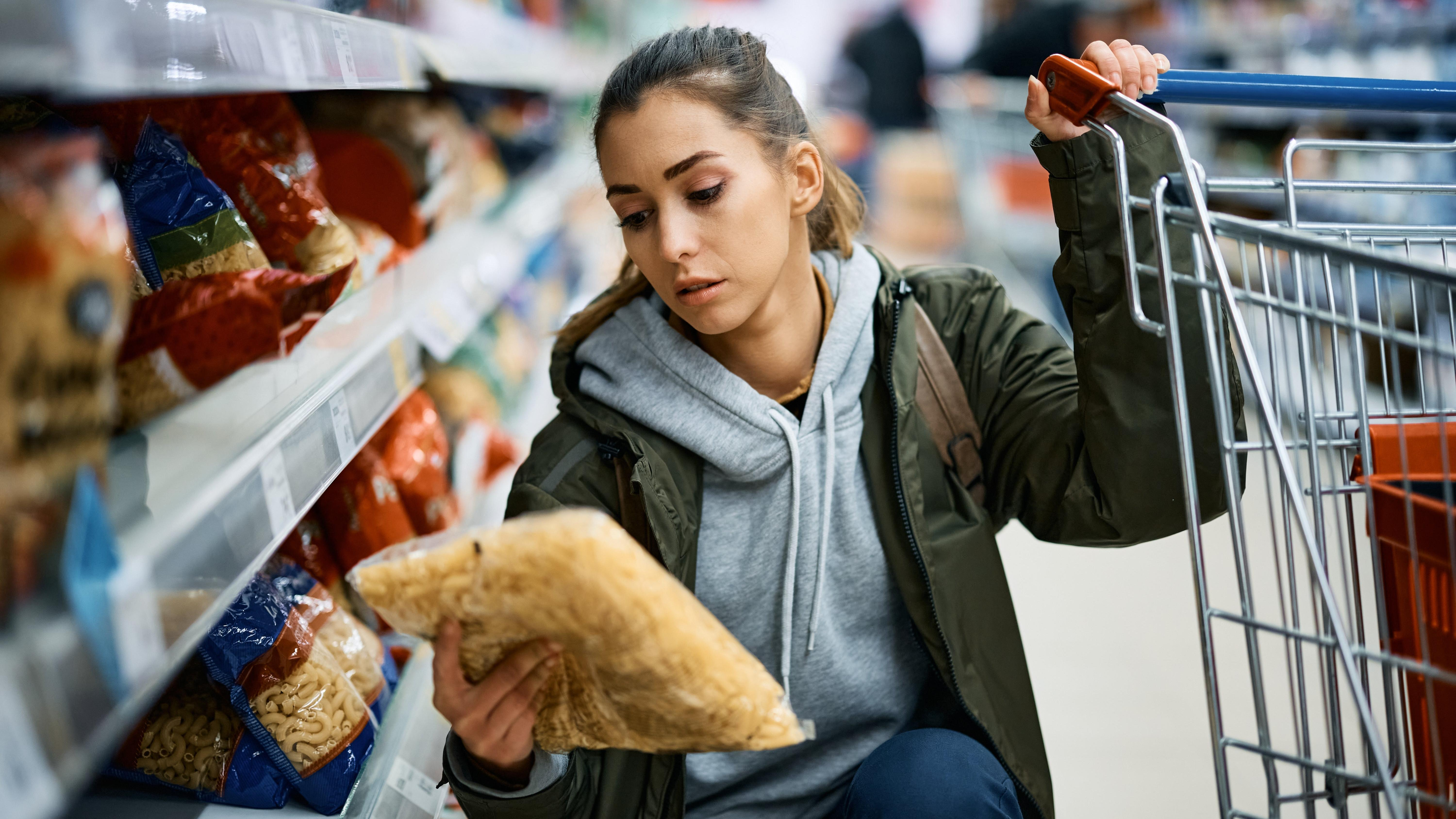Grocery Inflation Isn't Always What You Think
Inflation has many of us shopping differently, but how much do you need to curb your spending?
Inflation has messed with both fast food and grocery budgets and is predicted to hit tailgate season too. The amount of times I've heard (or had to write) the word inflation over the past couple of years has naturally made it feel like a problem that's looming around the corner of every snack aisle, and I know I'm not alone there.
In the midst of news reports about rising grocery prices, it can feel like inflation is swallowing up our wallets and leaving us with less bang for our buck than ever before. However, recent data from marketing firm Dunnhumby suggests the rate of inflation doesn't always tell the story of how we experience its impacts on an individual level.
What people think about inflation vs. reality
Dunnhumby's study found that in July 2022 consumers perceived the food inflation rate to be at 22.8%, but the U.S. The Bureau of Labor Statistics reported the annual inflation rate as 13.1%. Apparently overshooting how bad inflation has gotten is not a new thing for the general public.
In April and May, people thought food inflation was at 22%, still higher than the actual rate. Consumers also noted feeling less secure, both financially and in terms of food specifically. If an unexpected expense of $400 came up, 64% of respondents said they'd have trouble covering it. Additionally, 55% said they do not get enough of the food they want to eat, and 18% don't get enough to eat, period.
Regardless of if we think inflation is at 30% or 10%, the actual impact on one's budget is what matters to most people. As the inflation rate increases and people's wages don't rise alongside the price of goods, that's going to affect low earners the most.
How people are shopping differently because of inflation
Even if our guesstimates around food inflation may be off, it has still impacted shopping habits, according to the survey. Around 30% of consumers report that they are eating smaller meals or skipping certain meals in order to spend less on food.
On top of that, we're becoming more strategic in our grocery choices. For example, 83% of consumers want cheaper alternatives to their usual grocery picks, which means name brands are out and generic house brands are in. Specifically when it comes to packaged food and frozen food, it looks like people don't mind switching up their brand loyalties in the face of inflation.
Shopping at dollar stores for grocery items has also become a popular way for people to combat inflation. The survey notes that this practice has increased from 17.8% to 19.9% of consumers, although these stores tend to have a smaller selection of grocery items compared to specialty stores like Trader Joe's—a category of stores that has allegedly decreased in popularity.
Even if our view of inflation isn't completely accurate that does not diminish the impact the actual rate of inflation has had and continues to have on our wallets. Preparing for the worst case scenario keeps us on budget more than being optimistic.
